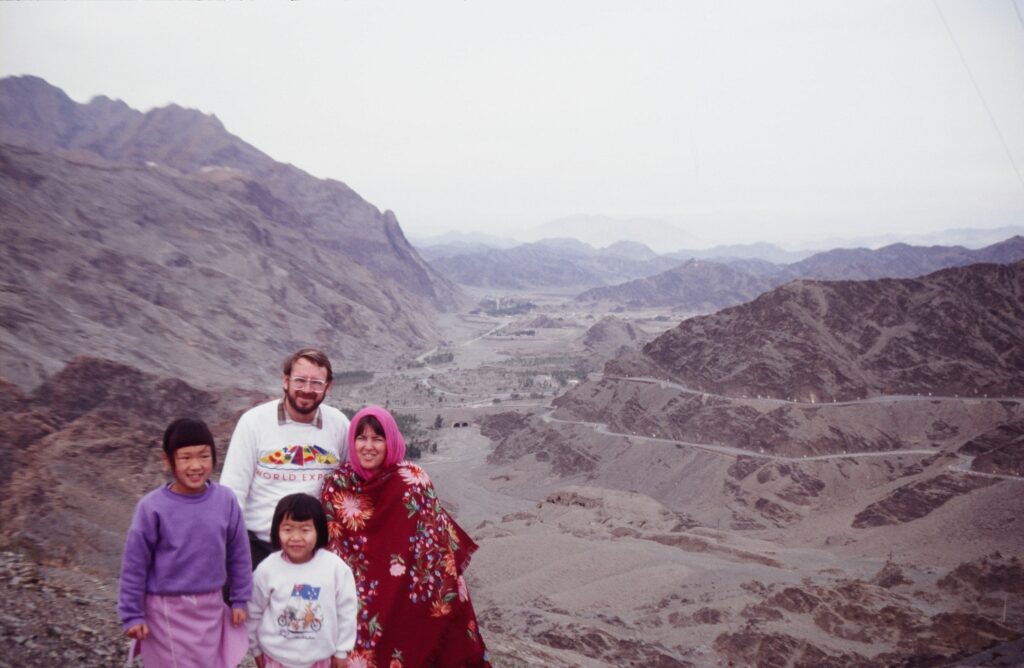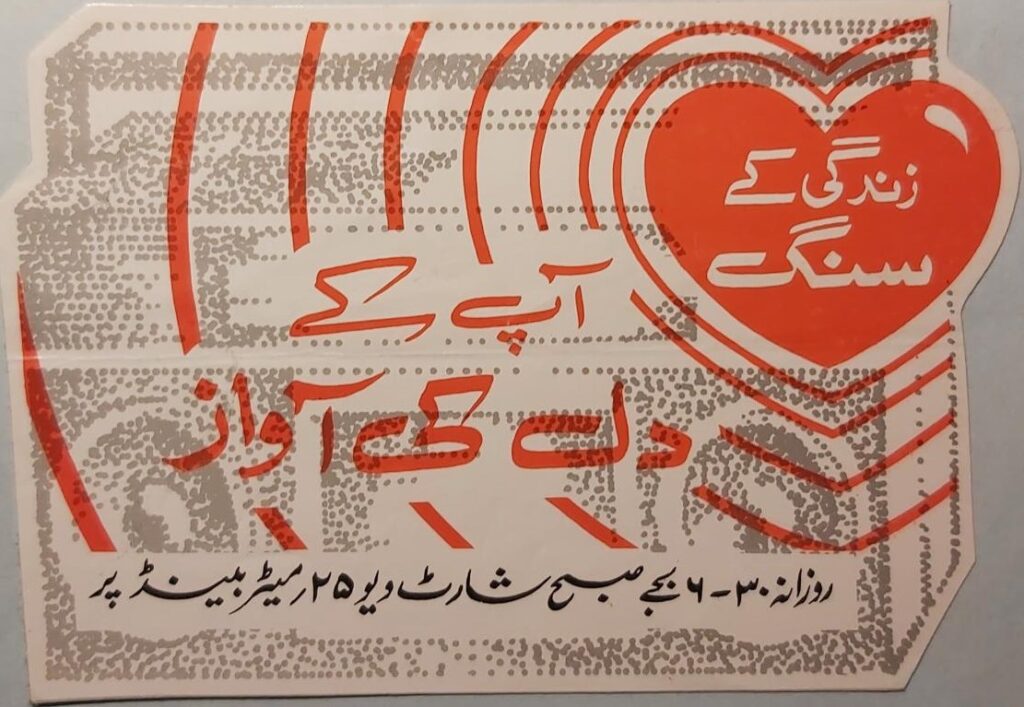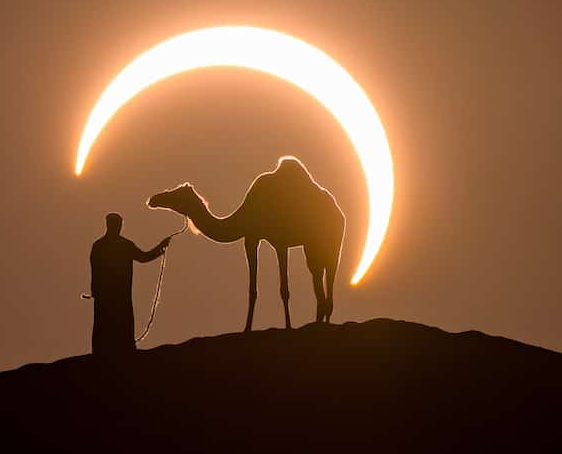Chapter 9. Neighbours

At the Khyber Pass, the gateway between Pakistan and Afghanistan. The pass has a long history as a trade route (part of the Silk Road) and has long been an eye-witness to political and military mystery and intrigue; Alexander the Great, for example, passed this way in the 4th century to add the Indian subcontinent to his realm.

The day after our arrival in Islamabad a military ammunition depot erupted in fiery explosions. Weapons of every type were stored there, all supplied by the USA’s CIA to support Afghan mujahideen fighters in their attempt to force Russian troops out of Afghanistan. Entire military transport trucks lifted into the air, twisting and turning before crashing to the ground. Bodies were hurled hundreds of metres away, some landing in streets, others in the yards of houses. Countless artillery shells and missiles, jagged, twisted, scorched metal and shrapnel were flung in all directions, falling on school playgrounds, homes, and filled the streets around the radio studio that was part of a project I joined. The studio was a mere 200 metres from the ammunition depot and, like many of the surrounding houses, was severely damaged.

A sticker promoting the radio program the Journey of Life (the voice of your heart).

The stunning Faisal Mosque is one of the largest in the world and has a capacity to hold 300,000 worshippers. Although its design emulates a Bedouin tent it is far removed from the deserts of the traditionally nomadic Bedouin, instead nestled beneath Islamabad’s Margalla Hills (part of the Himalayan foothills). We lived near the mosque. I miss the first early morning call to prayer, this mosque’s muezzin having a poetic and soothing reminder that prayer is better than sleep.

Throughout Pakistan the ubiquitous camel is a dependable form of transport, crisscrossing the country on its roads and highways. The camel is my favourite animal. I admire how it can adapt to harsh environments. The sight of a camel plodding along with purpose, head held high with a noble dignity, is a sight to contemplate. Take a look at some unique photos of a man leading a camel in the desert, framed by a solar eclipse–and the story behind the shots. This image is copyrighted: https://www.joshuacripps.com——————————————————————————————————————– 
Bits that didn’t make it into the book
The beginning and the end
We travelled to Nathia Gali (2,400 metres) with some friends to stay in a forestry department rest house. The views across nearby mountains were stunning, and the children had much fun running free and sliding down grassy slopes around the rest house, with plenty of trees to climb and places to hide. Some of us began walking up the 600 metre trail that led to the crest of Mt Miranjani (3,000 metres) until a wild hailstorm and lightning forced us to take cover in the holiday home of the provincial governor. The décor was both ostentatious and awe inspiring, but in a country with much socio-economic need, it was a disgrace, really, for such expense on a residence that was officially available to only 8 people in Pakistan for just several weeks a year. The few days there with our friends in the mountains among the pine trees, reminded Jill and me of Mt Baguio in the Philippines where we sensed the call of Providence to come to Pakistan. That was the beginning and, here in similar and familiar surroundings, we embraced the ending, just a few months before leaving Pakistan. Quite unplanned by us, it was a nice sentimental touch. In between the fun and leisure, I tallied data from the questionnaires that was a part of my doctoral research. There was no Excel or other forms of spreadsheets in those days. I created a simple calculating program out of the BASIC language computer code and entered data as Jill read out the scores from the returned questionnaires.
